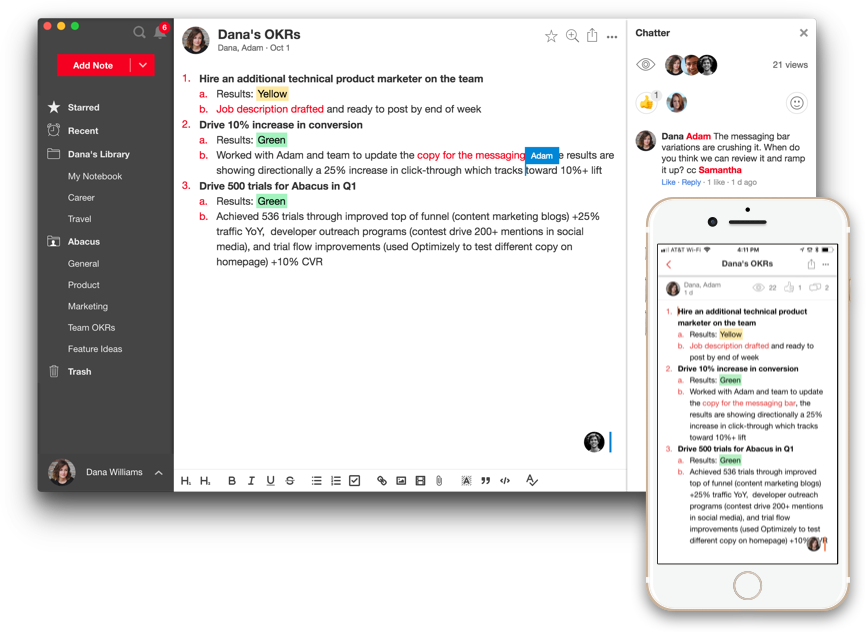Bullet Journaling Guide: What Is It, How To Do It and More

What is Bullet Journaling?
Bullet journaling is a popular organization method that combines elements of a planner, journal, and to-do list. It was created by Ryder Carroll, a digital product designer, in an effort to streamline his own note-taking and task management process. The idea is to create a flexible system that can be personalized to suit an individual's specific needs and goals.
The Bullet Journal Method is based on a set of symbols and shorthand that allows users to quickly categorize and prioritize tasks, events, and notes. The main symbols include a bullet point (•) for tasks, an open circle (o) for events, a dash (-) for notes, and an asterisk (*) for priority tasks. Users can also add additional symbols to signify completed tasks, migrated tasks, or tasks that require delegation.
The Advantages of Bullet Journaling
One of the key advantages of bullet journaling is its flexibility. Unlike pre-made planners or digital apps, a bullet journal can be customized to suit an individual's preferences and needs. Users can choose their own format, layout, and style, and add or remove pages as needed. This flexibility can be especially helpful for people who have unique schedules or who prefer to organize their tasks and notes in a non-linear way.
Another benefit of bullet journaling is that it encourages mindfulness and self-reflection. By taking the time to write down their thoughts, goals, and to-do lists, users can gain a greater sense of clarity and focus. Bullet journaling can also help users identify patterns in their behavior and identify areas where they could improve.
Bullet journaling can also be a creative outlet. Many users incorporate illustrations, color-coding, and other design elements into their journals, making them both functional and visually appealing. This can be a fun and satisfying way to express creativity and experiment with different styles.
The Disadvantages of Bullet Journaling
Despite its many benefits, bullet journaling is not without its drawbacks. One of the main challenges is the time commitment. Creating a bullet journal requires a significant amount of effort, especially in the beginning when setting up the journal and developing a system that works. Maintaining a bullet journal also requires regular updating, which can be time-consuming.
Another potential downside of bullet journaling is the pressure to be perfect. Many users feel the need to create elaborate spreads and designs, which can be stressful and time-consuming. This pressure can also detract from the primary purpose of the journal, which is to organize tasks and thoughts in a simple and efficient way.
Getting Started with Bullet Journaling
To get started with bullet journaling, there are a few key steps to follow.
The first step is to choose a journal or notebook that will be used for the bullet journal. Many users prefer a notebook with dotted or grid paper, which can help with layout and design.
The second step is to create an index. The index is a table of contents that will be used to keep track of the different pages and sections in the journal. This is especially important for users who add or remove pages over time.
The third step is to create a key. The key is a set of symbols and shorthand that will be used to categorize and prioritize tasks, events, and notes. Users can create their own symbols or use the standard bullet journal symbols.
The fourth step is to create a future log. The future log is a place to record events and tasks that are scheduled to happen in the future, such as appointments, birthdays, and vacations. Users can choose to create a monthly future log or a yearly future log, depending on their needs.
The fifth step is to create a monthly log. The monthly log is where users can record tasks and events that are scheduled to happen in the current month. Users can create a simple list or a more detailed spread that includes a calendar, goals, and habit trackers.
The sixth step is to create a daily log. The daily log is where users can record their tasks, events, and notes for each day. This is the heart of the bullet journal, and users can choose to create a simple list or a more detailed spread that includes habit trackers, gratitude lists, and other elements.
The seventh step is to create collections. Collections are specialized pages that focus on a specific topic or theme. For example, users might create a collection for their favorite quotes, a list of books they want to read, or a gratitude journal. Collections can be added to the bullet journal at any time and can be customized to suit the user's preferences.
Bullet Journaling Tips
When creating a bullet journal, it's important to remember that there is no one-size-fits-all approach. The system can be adapted and modified to suit an individual's needs and preferences. Some users prefer a minimalist approach with simple lists and few design elements, while others enjoy incorporating creative designs and illustrations into their journals.
Leveraging Notejoy for fast and focused journaling
Notejoy makes it fast and easy to capture your ideas and content.

With Notejoy, you can easily capture your most important information and action items, without the friction of heavyweight tool. From there, it's easy to share this with others to start a collaborative discussion, or save them somewhere where it will be easy to reference in the future. Bring your team together with the Notejoy Slack integration, or clip articles into notes for discussion or reference with the Notejoy web clipper. It's easy to incorporate tags for reference, project management, workflow management, and more.
Notejoy is free to sign up. Get started today for free